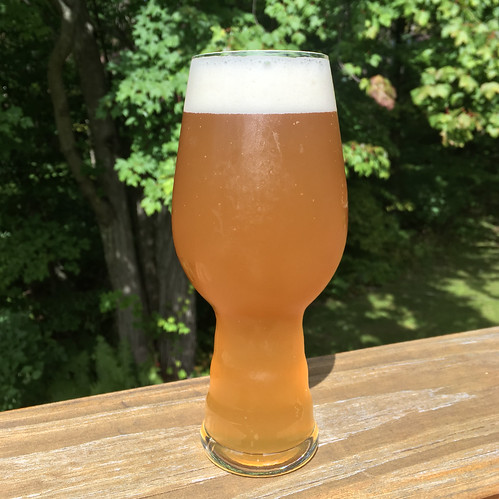Generally speaking, Brew House Efficiency (BHE) is number, expressed as a percentage, that calculates how efficient your wort production is — i.e., how much of the potential fermentables actually make it out of the grain and into your fermentor. The calculation is comprehensive, and accounts for (among other factors) how much of the grain’s starches were actually converted to sugars, and how much of the produced volume was lost to losses like absorption and transfer losses.
When I was new to all-grain brewing, BHE was not a number that I kept track of. It wasn’t that I didn’t know about it — it was that with everything else to learn, I just wanted to see if I could pull it off at all and then maybe I could start to quantify and use those numbers for process improvement. That said, I probably started to care about BHE numbers after about a year of partial mash brewing and then another year (coincidentally, when I moved from partial mash to all-grain BIAB) before I started tracking it consistently.
And that being said, it took me another two years to finally get around to actually looking at all the compiled BHE data. (Guess I just needed enough of it?) The main question I found myself asking: Why is it that my BHE numbers are usually lower (and further off) for my higher gravity beers?
 Continue reading →
Continue reading →








